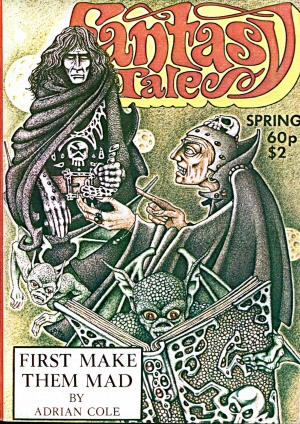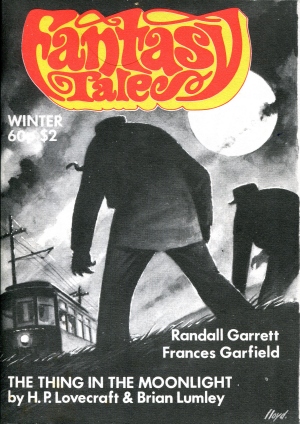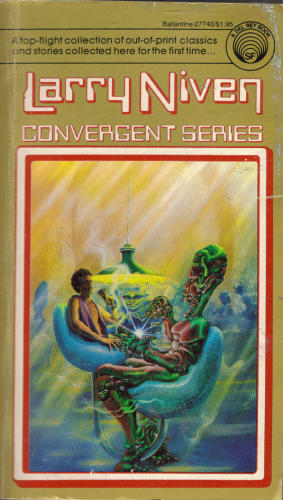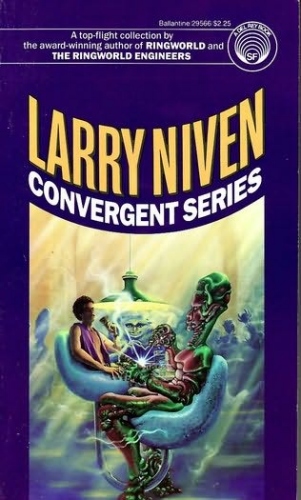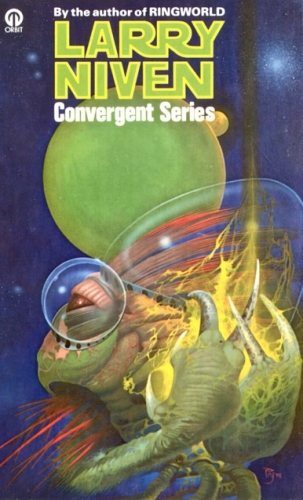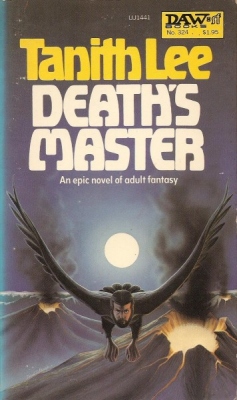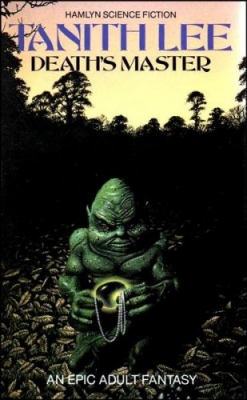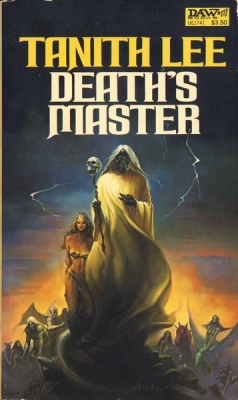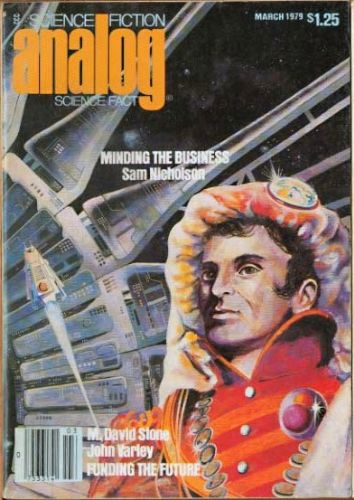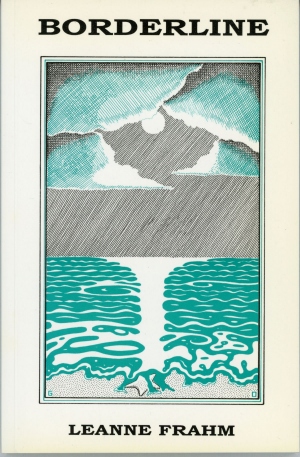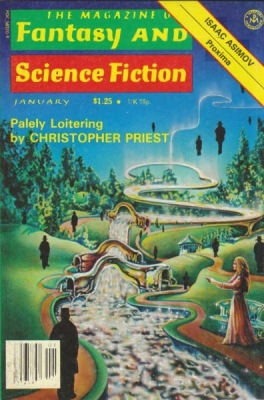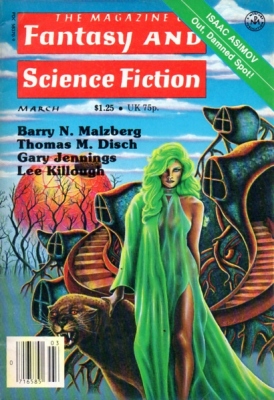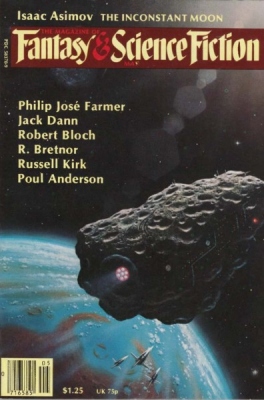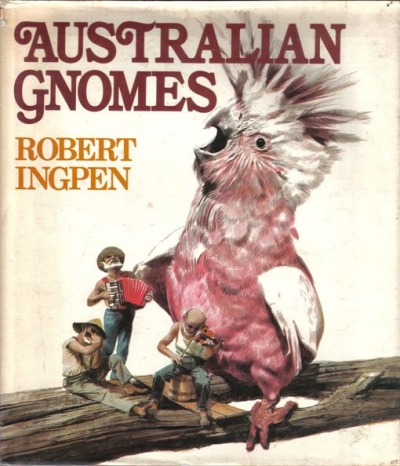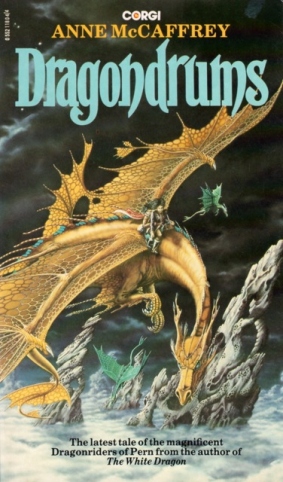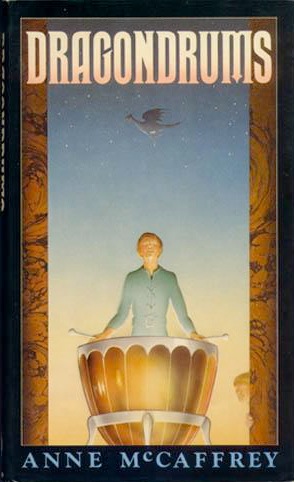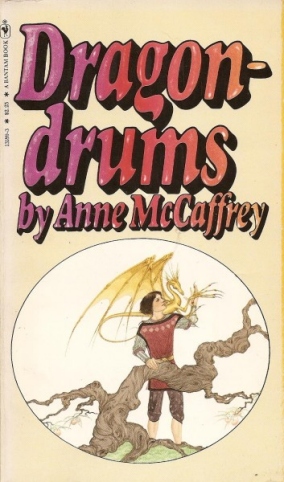The Golden Age of Science Fiction: Elayne Pelz
Photo by Chaz Boston-Baden
The E. Everett Evans/Paul Freehafer Award is named after two members of the Los Angeles Science Fantasy Society (LASFS) and is presented for service to the club at Loscon.
E. Everett Evans, who also went by the nom de fan Triple E or Tripoli, was the first member of LASFS to make the transition from fan to professional author while he was an active member. Evans was born in 1893. He published his story “Guaranteed” in the January 1948 issue of Startling Stories. His first novel, The Planet Mappers, appeared in 1955. He published more than two dozen stories as well as a collaboration with E.E. “Doc” Smith before Evans’s death in 1958. In addition to the Evans Freehafer Award, the Big Heart Award was established in his honor and named for him from 1959 until 2006, when it was renamed in honor of Forrest J Ackerman.
Paul Freehafer was an active fan within LASFS who helped carry club projects to completion during his short time with the club. Born in 1918 in Idaho, he moved to Los Angeles to attend Cal Tech. Freehafer discovered science fiction when he was 13, fandom the following year, and joined the Science Fiction League in 1934. From 1939-1941, Freehafer published the fanzine Polaris and was noted for avoiding many of the trends and fads that fans of the era often got caught up in, such as Esperanto, simplified spelling, etc. He is often credited with maintaining unity among the club’s various factions and keeping the club together. Knowing he was ill, Freehafer resigned his directorship in 1942 and returned to Idaho. In 1944, when he was 27 years old, Freehafer suffered a fatal heart attack, becoming the first LASFS member to die. Following his death, Ackerman published the tributezine Polaris: Paul Freehafer, Only the Good Die Young. In addition to the Evans/Freehafer Award, for many years, one of the buildings at the LAFS Clubhouse was named Paul Freehafer Hall. Remembered in these ways 75 years after his death, Freehafer embodies the LASFS ideal “Death will not release you.”

